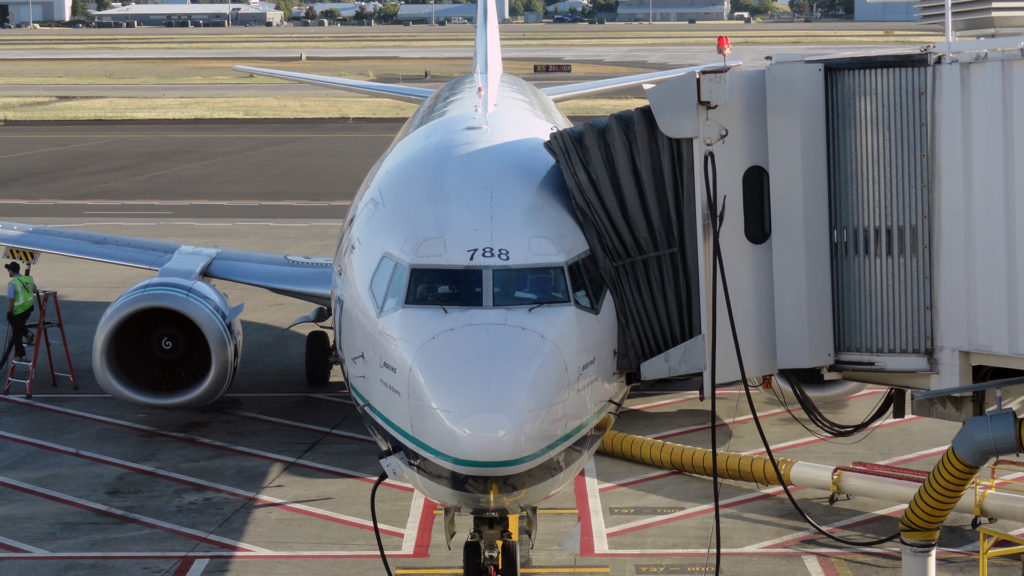Large hub airports have begun implementing Safety Management Systems (SMS) even before the final FAA rules come into place. Airport Directors are starting to find real operational and financial benefits to having SMS because it improves communications, understanding, cooperation, and planning. And, SMS results in fewer incidents and accidents while providing solid defensible documentation for any litigation. But, having SMS does not guarantee a proactive safety culture will develop – safety is not an automatic thing. A safety culture is more about an organization’s mindset and attitude toward safety than it is about regulatory compliance. An organization either has it or they don’t.
What It Looks Like When You Don’t Have a Safety Culture
My first job after getting a bachelor’s degree in Aviation Management was fueling corporate jets. It was dirty and hazardous outdoor work that paid just above minimum wage. Given my previous experience in air traffic control and as a pilot, I had youthfully idealistic hopes for something a little more managerial, but I needed the job, and it was a place to start.
My introduction to aircraft ramp operations was disappointing but not for the reasons stated above. My assigned training consisted of following another ramp agent for a day or two and then I was set loose. I barely had a grasp of the complex and varied aircraft systems and fuel handling processes to be functional. I knew enough that I did not feel safe, and that fear was a personal motivator. I took time to study systems manuals, regulations and hazardous materials guidelines but not because someone told me to do it. As far as the boss was concerned, we were the grunts. We had dirty faces, dirty hands, and smelled like jet fuel. We were not expected to think, just do what we were told. Safety inspections and regulatory compliance were strictly the manager’s job, but he was mostly concerned with on-time performance. The inspections on equipment and facilities were essentially “pencil whipped,” which allowed compliance issues to perpetuate. Pressures were on to rush – to do more with less – which resulted in cut corners. Safety, as a concern, was hardly mentioned beyond, “Be careful out there.”
As a result, accidents with damages and injuries were accepted as a regrettable but inevitable part of the job. Hey, it’s dangerous work and stuff happens, right? The typical response following an accident was to fire the ramp employee. Management believed with the “unsafe employee” gone, the primary causal factor had been eliminated so there was no more problem. Management didn’t look at how the work conditions, time pressures, equipment issues, or lack of training had contributed to accidents. The culture of the business was about the task and not about doing the task safely.
But What is Culture?
A good working definition of culture that I have come to trust is this: Culture is how people behave when no one is watching. Culture is our go-to default natural behavior. The idea of modifying culture in any organization is a difficult thing to begin. Changing culture also has to be evolutionary, and it takes real commitment and work to get there.
Establishing a Safety Culture
While an effective SMS process takes into account the unique situation at each airport, there are clear, implementable steps that should be taken in every effort to bring about a safety culture in an airport setting. In short, you can break them down into these broad categories:
- Start at the Top. Organizational culture is created and fostered by the Airport Director’s example. Behavioral norms and expectations create the internal pressures to promote safety. SMS requires identification of an accountable executive and tasking them with fostering and promoting safety programs.
- Establish systematic and continual self-evaluation. SMS is a good tool to ask how we are doing (Performance audits), what are we missing (Gap analysis), and how can we do better (Gap analysis feedback to Operations).
- Provide ongoing safety training to all levels of staff. Awareness about safety empowers those involved to identify hazards, assess risks, and create mitigation. Safety can’t just be imposed from above. SMS training promotes this awareness.
- Create Flexibility. Move authority and control down the staff-line chart as far as possible. Decision making authority should equal responsibility to provide ownership over actions. In more rigid mechanical or authority driven organizations, this can be a painful process and requires trusting others where trust was not present before.
- Be Wary. Planning in a hazardous environment is never a bad thing, but we can anticipate that the remaining problems will come from the unexpected. Never get comfortable enough to believe that an accident can’t or won’t happen. The greatest enemy of a safety culture is success, because complacency is easy. Never let up.
The process of changing an organization’s culture is a long one. Just as changing behaviors, habits, and protocols can be challenging for some people, it can be just as difficult for some organizations. Among the leadership, patience is required, but so is determination. When safety becomes more than an enumerated priority and is ingrained in how business is conducted, you will see it. When a newly hired employee can speak up and question something they see as a potential hazard and express a concern for their wellbeing – and they are supported by management for doing so – then a safety culture has started to take root.


